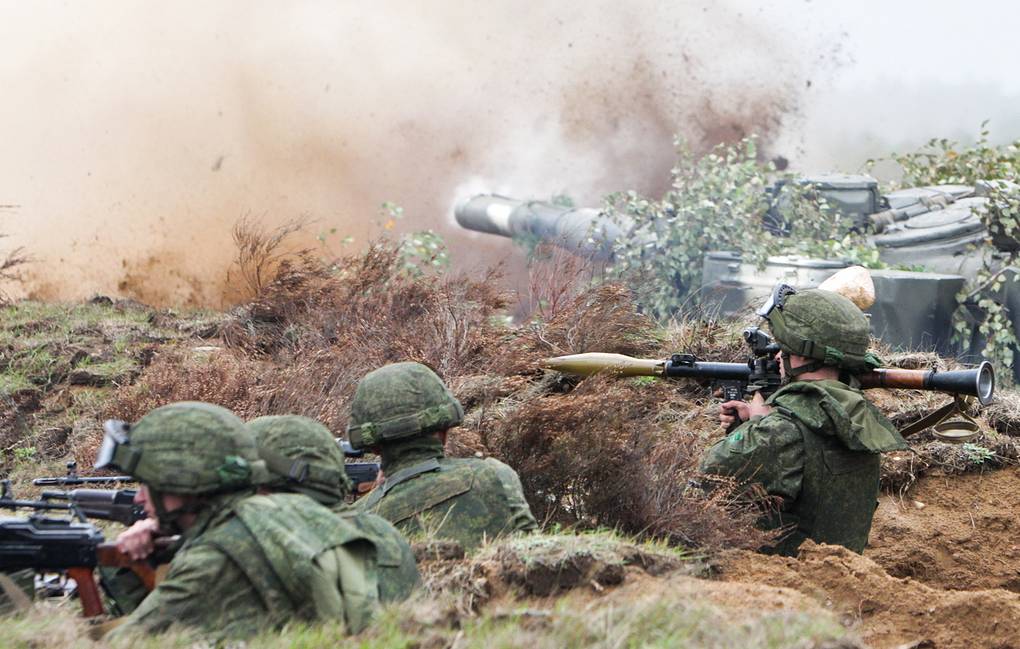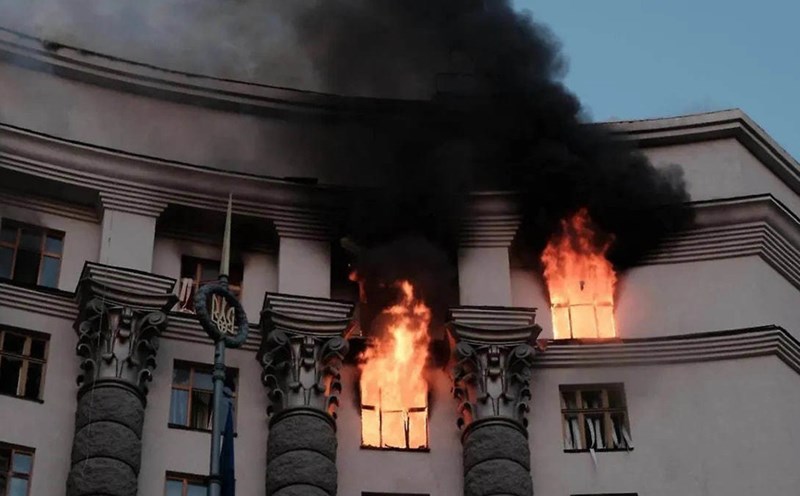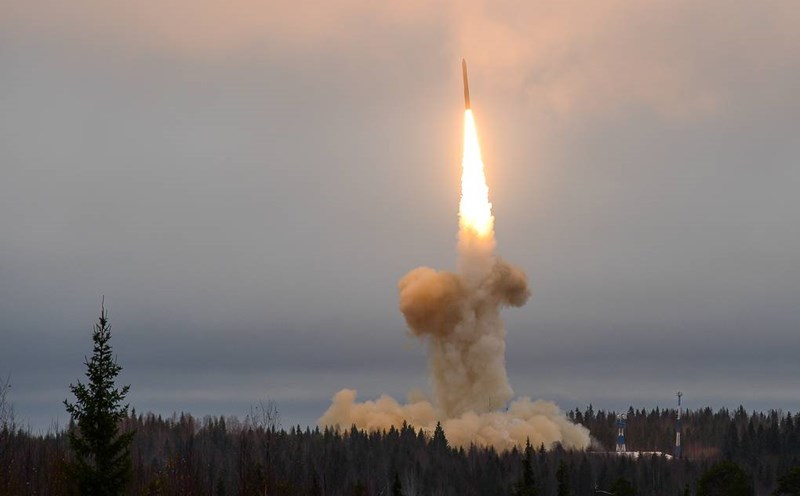Tensions on the eastern flank of NATO escalated as Poland deployed about 40,000 soldiers to the border with Belarus and Russia, right before Moscow and Minsk launched a large-scale joint exercise called Zapad 2025 on September 12 in Belarus.
According to Deputy Defense Minister Cezary Tomczyk, Poland has been preparing for the Zapad exercise for many months. The country's military has mobilized more than 30,000 soldiers to participate in joint drills with its NATO ally to "respect the hypothetical attack scenario from the East".
Zapad 2025 is an attacking exercise. We cannot stand still and observe, Tomczyk told Polsat News.
Russia and Belarus are expected to mobilize tens of thousands of troops, with some events held right next to the Polish border. Lithuania estimates that about 30,000 soldiers will participate - a lower number than the Zapad 2021, but still raising NATO's concerns.

Western officials warn that the Russia-Belarus drill could be a "shelter" for new military action. Polish Foreign Minister Radosław Sikorski warned that this year's drill scenarios are reminiscent of drills before Russia's attacks on Gruzia 2008 and Ukraine (2014, 2022).
Ukrainian President Volodymyr Zelensky also said that Zapad could be the "shelter" for a deeper attack on Europe.
Before the exercises began, Poland announced the closure of all border crossings with Belarus, initially during the Zapad exercise (from September 12 to 16), then extended "until further notice" after nearly 20 suspected Russian UAVs entered Polish airspace on September 10.
Notably, Belarus has warned Poland in advance about this UAV - a move described by Polish military chief of staff Wiesław Kukuła as utilityful but surprising, as tensions on both sides remain high.
One of the most worrying scenarios for Poland and NATO is that Zapad will simulate an attack on the Suwałki Corridor - the narrow strip of land connecting Poland with Lithuania, and the only connecting route between the Baltic countries and the rest of NATO. The area is sandwiched between Belarus and Russia's Kaliningrad region, long considered the "achilles heel" of the Western military bloc.
Not only facing military risks, the Polish-Belarus border is also tense due to the wave of migration. Warsaw accused Minsk and Moscow of arming migrants from Asia and Africa, pushing them to Europe to destabilize. Dozens have died in efforts to cross the border, while international human rights groups have criticized both sides for their treatment of migrants.
Meanwhile, on September 11, Kremlin spokesman Dmitry Peskov said the Zapad-2025 strategic drill was part of efforts to strengthen cooperation between Russia and Belarus and was not aimed at third countries.











